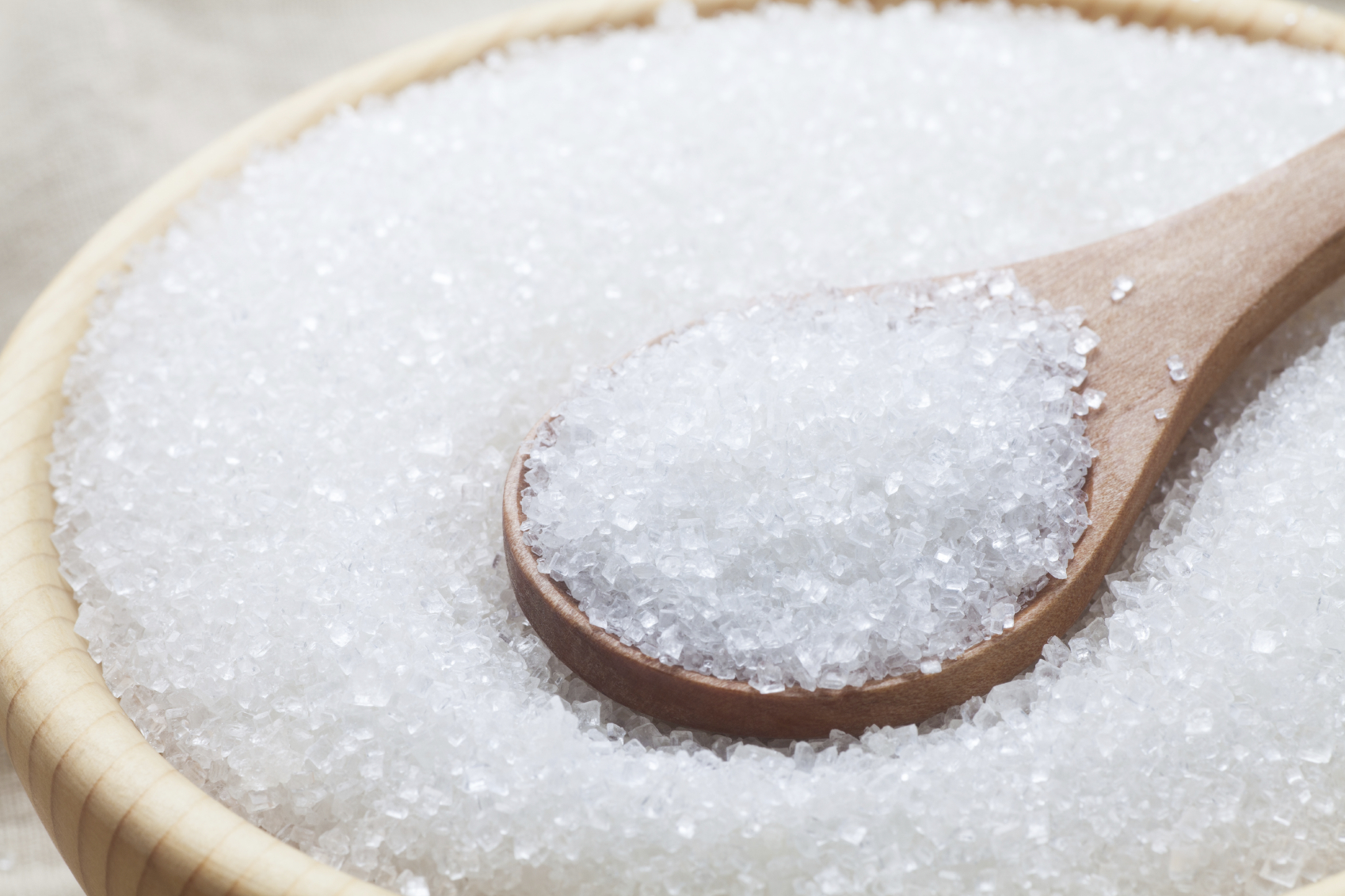
Darra Goldstein, editor of The Oxford Companion to Sugar and Sweets (Oxford University Press, £40) told Gavin Sherriff all about sugar.
What is sugar?
It’s sucrose, even if food chemists recognize many other sorts of sugars. Including fructose (fruit sugar), lactose (milk sugar), maltose (malt sugar) and dextrose (corn sugar).
It’s widely used to sweeten both desserts and sweets but also to add a sweet not to savoury foods.
Its chemical characteristics allow it to be dissolved, melted, caramelized and turned into a range of textures from barely chewy to hard and brittle.
How long has mankind had a sweet tooth?
Eight thousand years ago a Mesolithic artist in northern Spain pained a scene showing a human figure in a tree enveloped in a cloud of bees.
Chimpanzees and bonobos, primate relatives, also rob beehives.
So far as can be told, wherever humans coexisted with bees they went to great lengths to obtain the sweet, gooey syrup.
Honey was the sweetness in the Bible, but today all the honey on earth amounts to a spoonful compared with the world’s sucrose or `table sugar’.
When did we first make sugar?
Sugar cane was first converted to a solid form in India as early as the sixth century BC.
Originally the can juice was simply boiled to remove the water, resulting in a semi-crystalline raw sugar.
By 500 BC documents mention amore highly refined crystals called sarkara, which is where we get the word sugar from.
Is sugar addictive?
Research suggests that for certain people sweets and other highly-processed foods may be capable of triggering an addictive process that results in compulsive food consumption.
There are still more questions than answers in this line of research.
For instance, there have been almost no studies examining what might be the active ingredient in foods that would make them more addictive, although high levels of sugar are a possibility.
When did artificial sweeteners appear?
Saccharin, the first artificial sweetener, was identified in the 1870s when a scientist at John Hopkins University licked his finger and found it shockingly sweet.
Sodium cyclamate, the second sweetener to be discovered, emerged in the 1930s when a student at the University of Illinois placed his lit cigarette on a lab bench (where a bit of the substance had landed) only to find the next puff was unexpectedly sweet.
Aspartame, better known as Nutrasweet, came to market after a pharmaceutical chemist licked his finger mid-experiment and tasted sweetness.
What’s the sweetest sweetener?
All artificial sweeteners on the market today are much sweeter per part than sucrose is.
Aspartame is roughly 200 times sweeter, saccahrin about 300 times sweeter and sucralose – the sweetest of them all – is 600 times sweeter.
Unusual uses for sugar ?
One of the more creative uses is to preserve waterlogged ancient timbers, and even leather, by soaking them in a 67 percent sugar solution.
The high concentration of sugar effectively ties up the water so that it is unavailable to microorganisms.
Sugar in the glassy state found a use in Hollywood films where its brittle nature and transparent appearance once made it an ideal substitute for window glass in stunts where an actor had to be thrown through a window.
READ MORE
Is the stress of modern life having an effect on our guts?
Keep calm and colour in: Why adults are turning to colouring-in books to relax

Enjoy the convenience of having The Sunday Post delivered as a digital ePaper straight to your smartphone, tablet or computer.
Subscribe for only £5.49 a month and enjoy all the benefits of the printed paper as a digital replica.
Subscribe